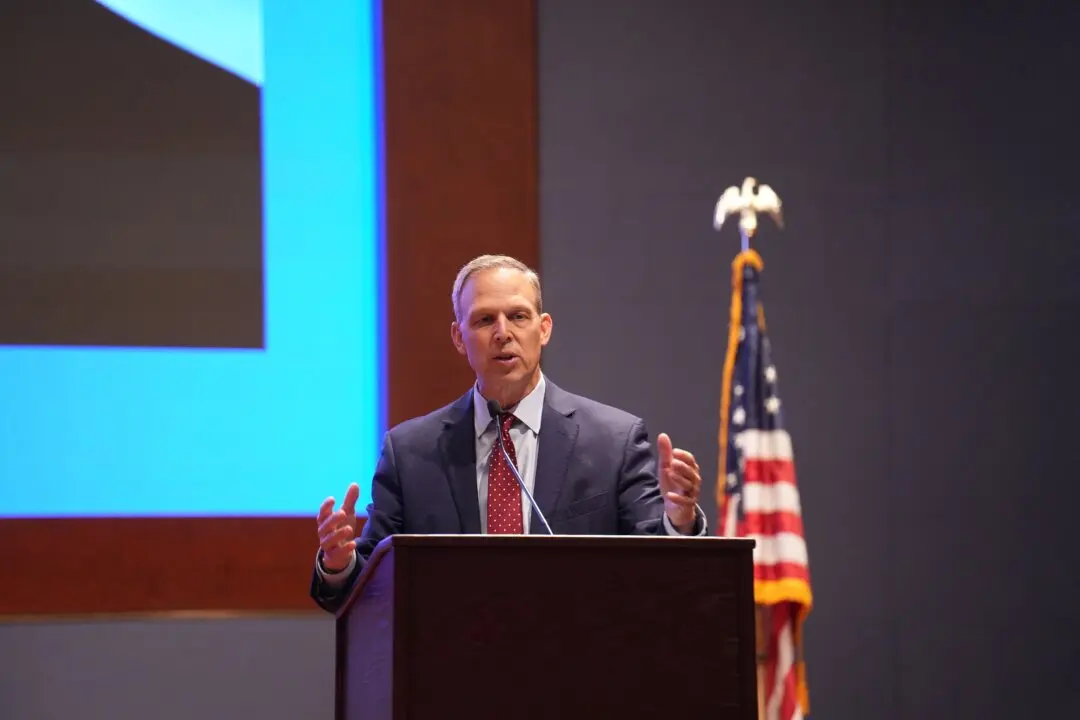The look and feel of a neighborhood contributes highly to it being a desirable location. The outer boroughs of the city are seeing more and more transformations turning overlooked spaces into development hotspots.
Land prices are driving companies in sectors like tech and media to find office space outside of Manhattan, but there’s also an issue of interesting space, said WXY Architecture + Urban Design principal Adam Lubinsky. And the waterfronts of the city are providing newer businesses the interesting backdrops they’re looking for.
“People now take the ferry from Williamsburg down to DUMBO with their dog and bike and go to work then enjoy lunch in Brooklyn Bridge Park,” said Robert Steel, New York’s deputy mayor for economic development at a CityLab summit panel last month. “This was unimaginable a decade ago.”
According to The Real Deal, there are 60 new apartment buildings with at least 10 units each in the pipeline for Queens.
Even areas farther out, like Jamaica Bay and Rockaway Beach, are increasingly receiving attention. People are recognizing the value of these beaches and wetlands, Lubinsky said, along with the desire to be in those spaces. A big reason for many of the waterfront projects though, is the city’s effort to stormproof these areas.
“The future of that waterfront [isn’t just a] driver of the NYC economy but also a new way of really moving about the city,” Lubinsky said.
“It’s really going to change the nature of those outer boroughs,” Lubinsky said. “That’s where I think there’s a huge amount of excitement, huge evolutions in the way we look at spaces within those boroughs, and how we move about them, and the kind of activity that will take place there.”
The projects in the areas will change the way people work and live in those neighborhoods, Lubinsky said. “People appreciate the dynamism and diversity of a lot of these boroughs.”
“I think the next 5 or 10 years are going to be very, very interesting for the outer boroughs,” Lubinsky said.
Planning + Design
WXY Architecture + Urban Design was founded in 1998 by Claire Weisz and Mark Yoes. Weisz, previously the co-executive director of the Design Trust for Public Space, started the company as primarily an architectural firm, but it always had a focus on innovative public spaces.
Now the company is 50 percent about planning, and 50 percent about design.
“A lot of our work is bound up with New York City and in a lot of ways, New York City has been a real laboratory for our work,” Lubinsky said. About 80 percent of WXY Architecture + Urban Design’s work is done in NYC, though the firm has done work in areas like Boston and Toronto as well. Projects range from details like benches and kiosks, to entire master plans.
“What we do is really an integration of the disciplines and architecture and design. ... [This] thinking really allows us to get inside the problems and get unique solutions that planners aren’t necessarily trained to do,” Lubinsky said.
Engagement
Finding solutions for a space involves figuring out who uses the space, and what their problems and perceptions are.
“We really work to combine the best elements of planning and design in the way we do engagement,” Lubinsky said. In working with communities, Lubinsky said they try to give as real a life reference for the designs as possible. But even in taking all the feedback from these sessions, it’s important to know the community is not responsible for coming up with the solutions.
“We also pay a lot of attention to infrastructure and understanding the requirements of that infrastructure,” Lubinsky said. “That might be transportation infrastructure, that might be sewage infrastructure, it might be social infrastructure in terms of park structure or school structure and how that interfaces with public space design.”
The intricate knowledge of how various city agencies function and what planners are looking for, but not at the expense of design.
“We also really want to make sure that publically planned projects have a real design process behind them,” Lubinsky said.
For instance, with the Brooklyn Tech Triangle master plan, the firm looked at solving the problem of creating more office space for tech firms, but the look and feel of the area was just as important in retaining these companies.
“We also wanted to make sure the area felt exciting and dynamic,” Lubinsky said. “A portion of our work was to use design thinking to look at some of the key streets that connect together the different areas, and see those streets as dynamic places.”
Context
Aesthetic is critical to design thinking, but it always comes hand in hand with use and comfortability, Lubinsky said, and it all relates back to who is using the space.
For instance, in lower Manhattan WXY has designed benches for the Peter Minuit Plaza and Battery Park. With the plaza, people are seeing the space for the first time after getting off transportation, and it functions as a gateway whereas people passing through the park have been walking for a while before passing through it.
The zipper benches in the plaza are designed to be fun and dynamic and they run across the space. The river benches in Battery Park are curving pieces of furniture of cast iron and wooden slats.
“Just within 300 feet of each other you have very different aesthetics, but both working in different contexts in different ways,” Lubinsky said. “Both are aesthetically responsive to their context in very different ways.”
Context may not be immediately obvious, so it’s important to spend a tremendous amount of time on site in addition to talking to people, Lubinsky said.
“It’s really … understanding what’s happening underground, aboveground, and understanding what the longer-term goals are for the area,” Lubinsky said.





